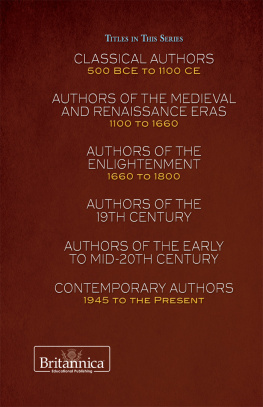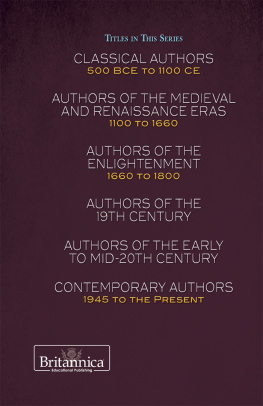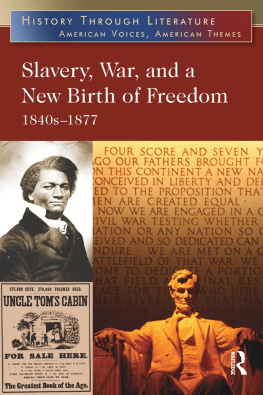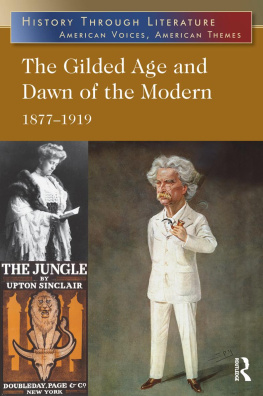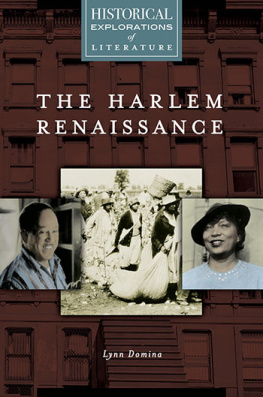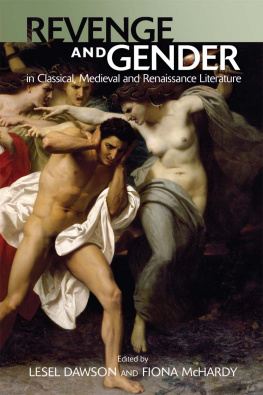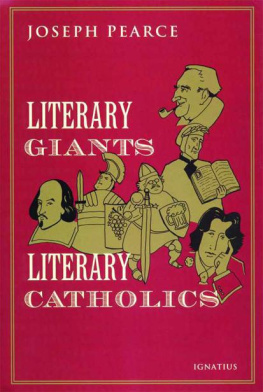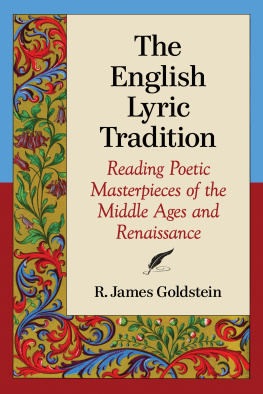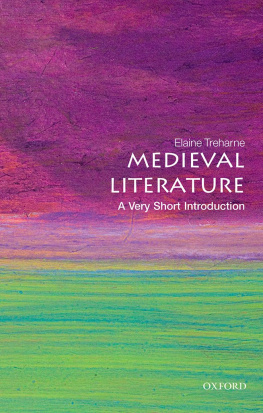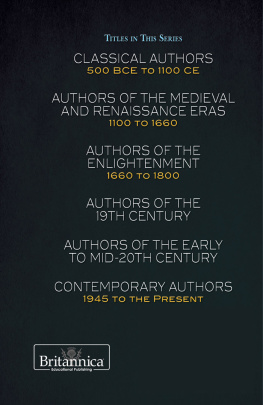

Published in 2014 by Britannica Educational Publishing (a trademark of Encyclopdia Britannica, Inc.) in association with Rosen Educational Services, LLC
29 East 21st Street, New York, NY 10010.
Copyright 2014 Encyclopdia Britannica, Inc. Britannica, Encyclopdia Britannica, and the Thistle logo are registered trademarks of Encyclopdia Britannica, Inc. All rights reserved.
Rosen Educational Services materials copyright 2014 Rosen Educational Services, LLC.
All rights reserved.
Distributed exclusively by Rosen Educational Services.
For a listing of additional Britannica Educational Publishing titles, call toll free (800) 237-9932.
First Edition
Britannica Educational Publishing
J.E. Luebering: Director, Core Reference Group
Adam Augustyn: Assistant Manager, Core Reference Group
Marilyn L. Barton: Senior Coordinator, Production Control
Steven Bosco: Director, Editorial Technologies
Lisa S. Braucher: Senior Producer and Data Editor
Yvette Charboneau: Senior Copy Editor
Kathy Nakamura: Manager, Media Acquisition
Rosen Educational Services
Hope Lourie Killcoyne: Executive Editor
Nelson S: Art Director
Cindy Reiman: Photography Manager
Brian Garvey: Designer, Cover Design
Introduction by Joseph Kampff
Library of Congress Cataloging-in-Publication Data
Authors of the Medieval and Renaissance eras, 1100 to 1660/edited by Adam Augustyn.First edition
pages cm(The Britannica guide to authors)
In association with Britannica Educational Publishing, Rosen Educational Services.
Includes bibliographical references and index.
ISBN 978-1-62275-012-2 (eBook)
1. AuthorshipHistoryTo 1500. 2. AuthorshipHistory17th century. 3. Authors, Medieval. 4. Creation (Literary, artistic, etc.)HistoryTo 1500. 5. Creation (Literary, artistic, etc.)History17th century. I. Augustyn, Adam, 1979 editor of compilation. II. Encyclopaedia Britannica, Inc.
PN144.A98 2014
820.9001dc23
2012042133
Manufactured in the United States of America
On the cover, p. iii: Geoffrey Chaucersolider, diplomat, justice of the peace, and member of Parliamentis remembered today not for those many accomplishments, but rather for being one of Englands most noteworthy poets. Although his language, Middle English, is difficult reading for some, the playfulness and humor of his characters in his signature work, The Canterbury Tales, nevertheless still speaks to modern readers. Stock Montage/Archive Photos/Getty Images
CONTENTS
T he term medieval is used to refer to people, places, events, and the general cultural characteristics of the Middle Ages, the approximately thousand-year historical period between the collapse of the Western Roman Empire in the 5th century and the beginning of the Renaissance in Europe between 1200 to 1400 ce . Closely associated with the Dark Agesan expression that has fallen out of favor with modern historiansthe concept of a middle age was deployed initially by Renaissance scholars as a way to talk disparagingly about the long period that separated them from the era of classical antiquity they admired. The pejorative connotation of medieval lingers with us today. Contemporary discourse preserves an ostensibly sharp distinction between the medieval and the Renaissance eras that we have inherited from the Renaissance itself. Today we know, however, that if the Renaissance era signifies a flowering of arts and literature, the seeds were at least to some extent sown during the Middle Ages.
Contrary to popular conceptions of the Middle Ages as a stagnant, if not regressive, period in European history, the medieval era was a time of intense growth and transformation in the continent. Long-lasting institutions such as Christian monasticism, papal monarchy, and the modern university have their origins in the Middle Ages. The universities of Oxford and Cambridge were both founded during this period. And for better or worse, enduring religious identities were also shaped during the Middle Ages. As Christianity became the predominant religion of Europe, Jews were identified as distinct from Christians for the first time. Artists of the period represented Jews differently, they were required to wear identifying clothing, and marginalizing social forces compelled them to take up occupations (such as money-lending) that differed from those of Christians. Europe also began to construct its own identity against its anxiety about Islamic expansioneven as Europe profited enormously from commercial, intellectual, and cultural exchange with Muslims. Indeed, it was during the Middle Ages that Europe itself began to coalesce into a discrete geographic and cultural entity. Thus, the artificial distinctions between the Middle Ages and the Renaissance are much less stable than previously imagined. Rather, the two periods form a continuum along which one may chart the ascendency of Europe to prominence in the early modern period.
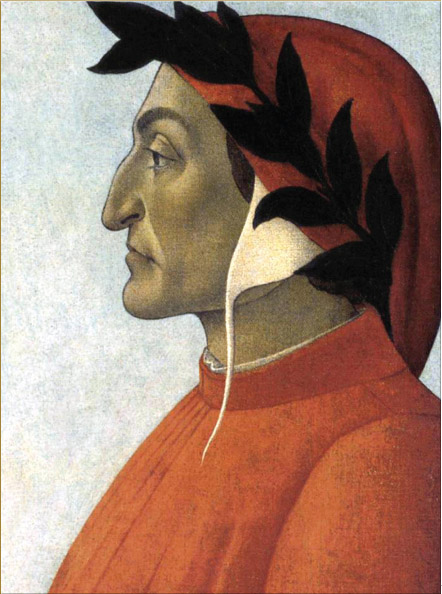
Dante Alighieri, the greatest of Italian poets, is considered with William Shakespeare and Johann Wolfgang von Goethe to be one of the universal masters in Western literature. Dantes masterpiece, La divina commedia (The Divine Comedy) , continues to be widely read and celebrated more than 650 years after his death. Universal Images Group/Getty Images
Authors of the Medieval and Renaissance Eras: 1100 to 1660 presents the possibility for effectively mapping the cultural and political developments of Europe during this time through detailed biographical, contextual, bibliographical, and critical information on authors of the period. One finds in the life and writing of Dante Alighieri (12651321) an innovative literary engagement with Christianity. Giovanni Boccaccio (13131375), an important forerunner to the Renaissance, worked to elevate vernacular literature to the exalted level of the classics. In Don Quixote by Miguel de Cervantes (15471616), one finds the forerunner of the modern novel. Furthermore, some historians and philosophers regard the Italian political philosopher Niccol Machiavelli (14691527) as one of the founding thinkers of modernity. William Shakespeare (15641616) and John Milton (16081674) are undoubtedly the most important English authors of the period, and their influence continues to extend far beyond England to all parts of the globe. And despite the possible implied Euro-centrism of the concepts medieval and Renaissance, the scope of this guide is not limited to Europe. Rather, it also encompasses a diverse range of authors from outside of Europe, such as the Persian mystic and poet Rm (12071273) and Anne Bradstreet (c. 16121672)sometimes called the Tenth Museone of Americas earliest poets.
Dante Alighieri was born in Florence, Italy, in 1265, a time of significant change for the city as it grew both politically and intellectually. The time and place were fertile ground for the young poet, who claims to have mastered the art of writing verse by the time he was eighteen years old. Dante was also a philosopher, and his intellectual acuity soon gave him an entry point into the political life of Florence. In addition to his poetic works, Dante wrote the important political

